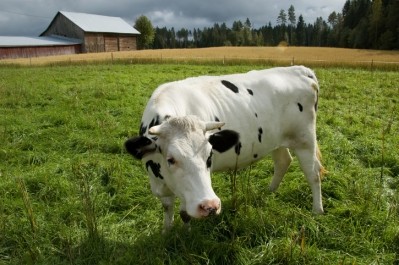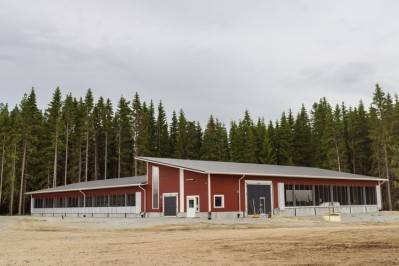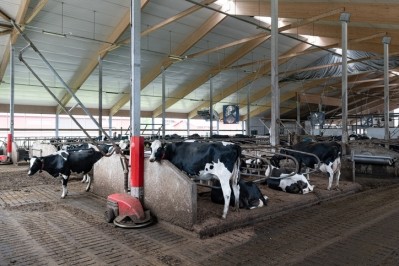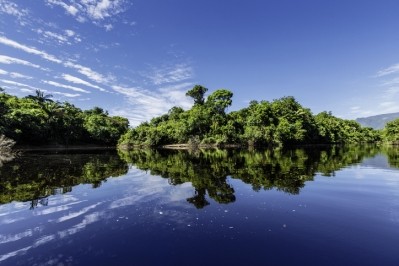Valio on a mission to reduce methane emissions in Finnish dairy herd
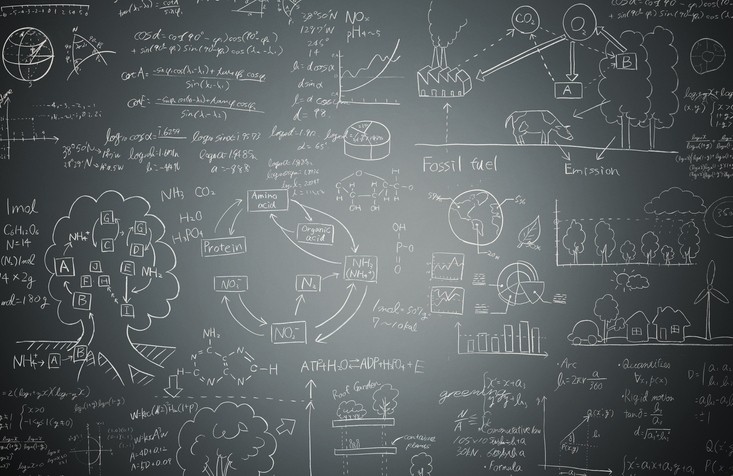
And further reductions are, of course, still possible, said the authors.
In part, that decrease in dairy cattle methane emissions can be explained through a reduction in herd size, but also due to improved production efficiencies, welfare and optimized feeding, noted the team behind the study, which included Valio sustainability specialists.
“Compared to the 1960s, cows today can produce more milk with the same amount of feed. The volume of methane per kilo of feed has fallen, as the micro-synthesis in the cows’ rumens has improved, and the type of fermentation has changed. Total milk production volumes were at their peak in 1965, with 3,650 million kilos produced, which resulted in 110 million kilos of methane. In 2020, the numbers fell to 2,300 million kilos of milk and 48 million kilos of methane. Total methane production has therefore fallen by 57%,” said Professor Pekka Huhtanen, senior advisor, Natural Resources Institute Finland.
The methane inventory was carried out by compiling cow and production numbers and cow weights from official statistics gathered in 1960–2020. The cow replacement rate was calculated based on herd size, and feed content was determined from feed usage data. Feed usage was determined from the produced milk volume and feeding norms, said the authors.
According to data from Statistics Finland 2017, milk production’s share of Finland’s entire greenhouse gas load has remained at 3–4% for the entirety of the 2000s.
Methane emissions account for roughly half milk’s carbon footprint in Finland, and the methane expelled by dairy cattle accounted for 2.5% of Finland’s greenhouse gas emissions in 2020.
In milk production, methane is generated in the cow’s rumen as it digests food, as well as when the farm processes and stores manure. Methane, like carbon dioxide, is a greenhouse gas, with a shorter life in the atmosphere, roughly ten years, but with an impact that is 28 times higher. In the atmosphere, methane is said to dissolve into carbon dioxide in 10–12 years.
Future scenario
Valio anticipates potential methane reduction levels in Finnish dairy of 30–40% in the next 15 years.
Changes in feeding can reduce the creation of methane in a cow’s digestive system. For example, using plant oils and oats can result in a 5-10% reduction, said the Valio team.
“Feed additives such as the one containing 3-Nitrooxypropanol (3-NOP) that has been piloted on Valio farms can reduce methane emissions by up to 25–30% from current levels. In the long term, reductions can be achieved by enhancing feed use through animal breeding and by increasing a cow’s lifetime production. These actions would also reduce emissions other than methane and improve the production economy. Using manure as a material for biogas would reduce methane emissions by another 5%,” reported Juha Nousiainen, who looks after Valio’s climate program.
He stressed though that it was important to strive to reduce methane emissions from all sources.
Sustainability programs
Valio launched a sustainability bonus program in 2018 to encourage dairy farms to carry out sustainability actions that go beyond the statutory requirements.
Earlier this month it announced it would update that program next year. “Going forward, farms can receive additional pay per milk liter for grazing their cattle and giving them access to outdoor activity, for farming practices supporting biodiversity, and for efforts aiming to reduce the farm’s carbon footprint.”
About 80% of the milk produced in Finland is within the sphere of Valio’s sustainability bonus program.
Previously, the sustainability bonus was two cents per liter of milk; now it will be possible for farms to earn an additional cent by combining various actions. “For example, the average size farm of 45 cows currently receives a sustainability bonus of €8,000. With the program update, it’s possible to increase the bonus to €12,000.”
The Finnish company’s goal is to cut milk’s carbon footprint to zero by 2035. It outlined how already 1,200 farms have started using the Valio Carbo calculator to calculate their carbon footprint, and close to 650 dairy farms have taken part in carbon farming training
“A large share of milk’s carbon footprint originates in primary production at dairy farms, and that’s why it is important that the farms have tools to monitor the decrease in their own carbon footprint and take the necessary actions. Going forward, a bonus can be received by calculating the carbon footprint and implementing carbon farming measures,” said Ilkka Pohjamo, senior vice president, primary production, Valio.
Valio is owned by around 4,000 Finnish dairy farms through regional cooperatives; it said it has managed to keep the raw milk price paid to the cooperatives higher than the average European price.
